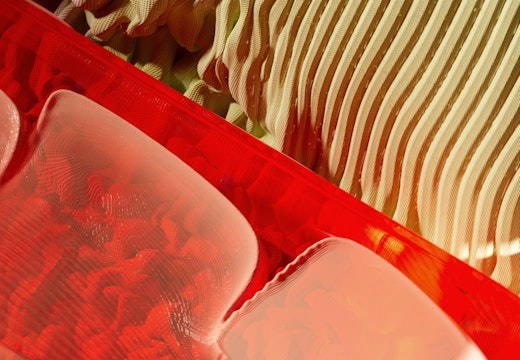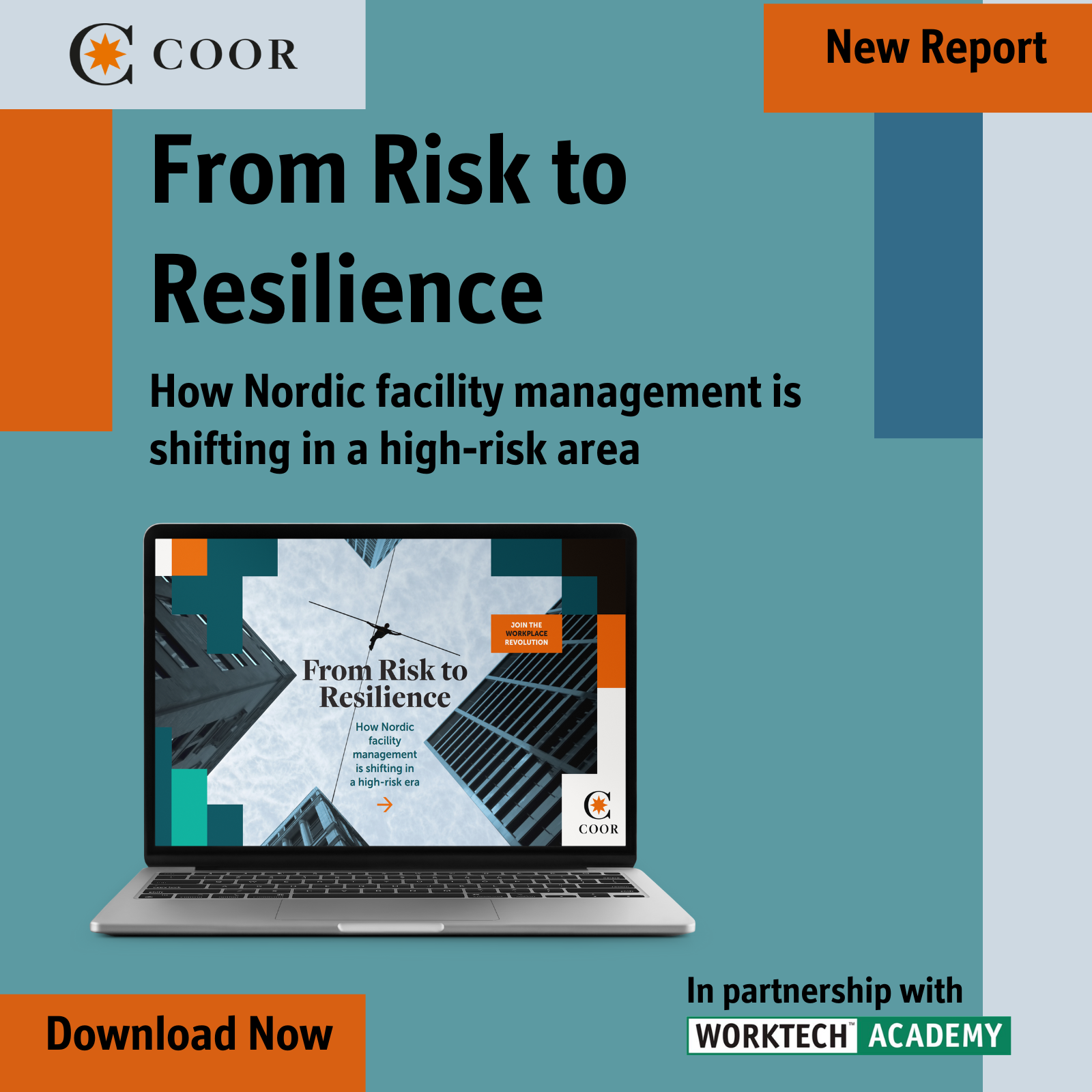Why does the future of AI and robotics look so human?
Beyond function, form is becoming critical in the latest tech advancements – reshaping how machines navigate, communicate and integrate as never before into modern workplaces
Robots are no longer confined to industrial zones. They’re beginning to appear in spaces designed for people – and in many cases, they’re being built to be human-like.
Designing machines in the image of humans isn’t simply aesthetic. A humanoid form can handle tools, navigate corridors, and interpret gestures in ways that feel less intrusive and more aligned with how we already work. In environments where trust and collaboration are essential, appearance becomes part of the interface.
Several leading research teams and companies are responding to this design challenge. Figure AI, for instance, is developing general-purpose robots that fit human-scale environments. Amazon is embedding touch sensitivity into its machines, allowing them to interact with the physical world more safely and fluidly. Meanwhile, OpenAI’s work on a screenless assistant hints at a future where artificial intelligence doesn’t announce itself – it simply exists, perceptive and present in the background.
Sensory capabilities
Across academia, this is being reinforced by new sensory capabilities. At MIT, AI is being trained to pair sound and vision without human instruction, allowing machines to make more grounded decisions in real time. Some companies are even testing emotional output – robots that can simulate stress, calm, or attentiveness based on data patterns such as temperature or movement.
But replicating human traits also means inheriting some of their complexities. Research shows that users react differently to robots based on perceived gender, tone, or ‘cuteness’ – features that can reinforce unconscious biases or affect behaviour in unintended ways.
What’s unfolding isn’t a revolution, but a rethinking. As robotics becomes more embedded in our everyday environments, the question is less about capability and more about compatibility. Not just what these machines do – but how they exist alongside us.
Read WORKTECH Academy’s full Technology round-up on humanoid robotics to explore the technologies, research and ethical considerations behind human-like design in our Innovation Zone, which provides premium content for Academy members and partners.
Join WORKTECH Academy here.








